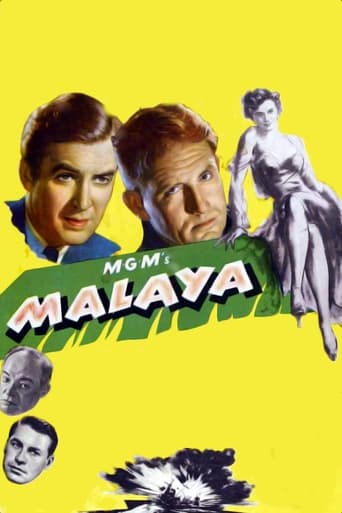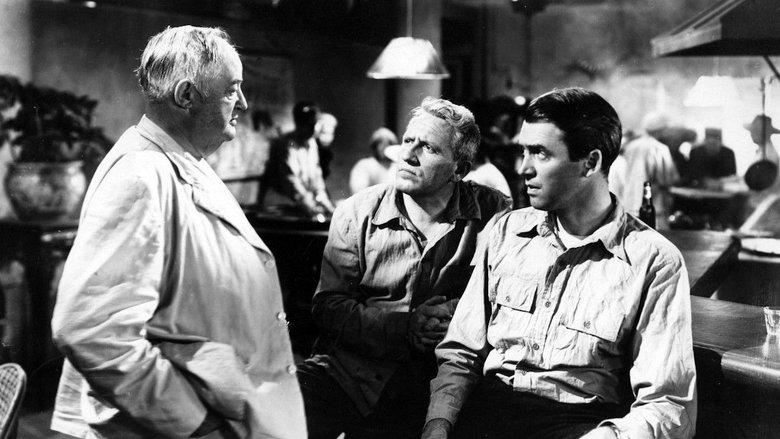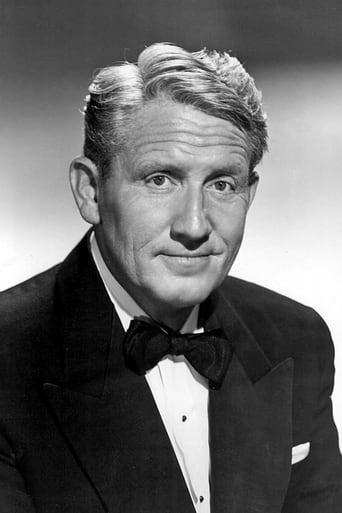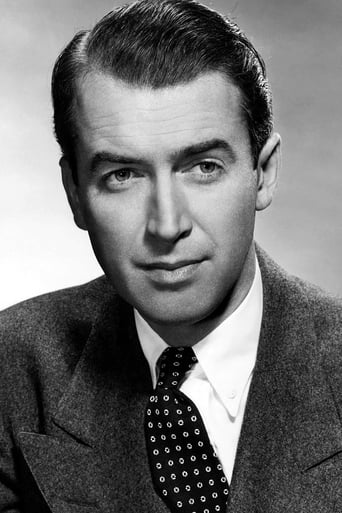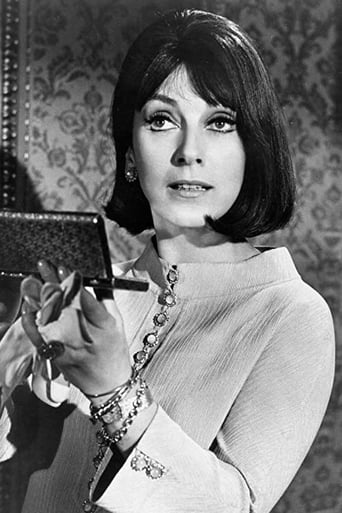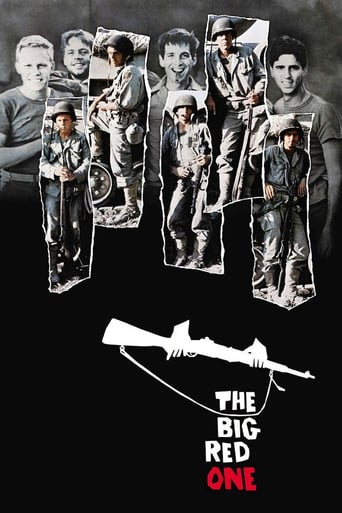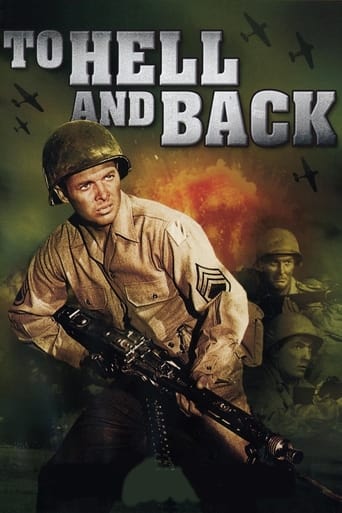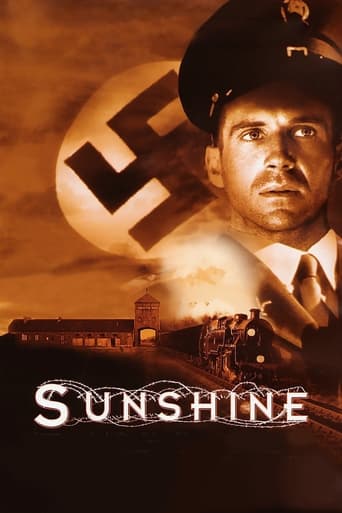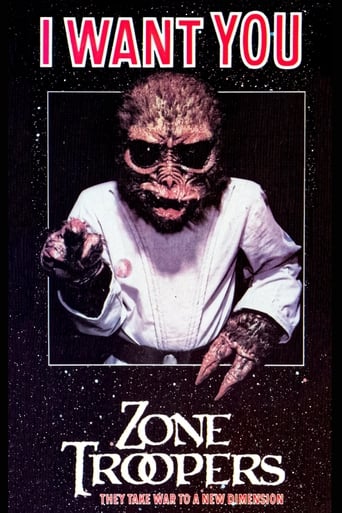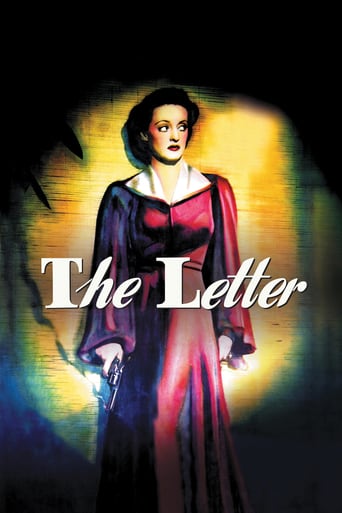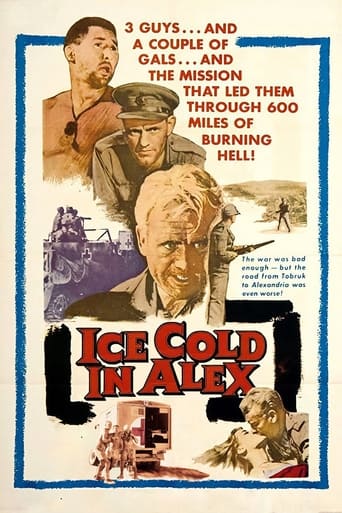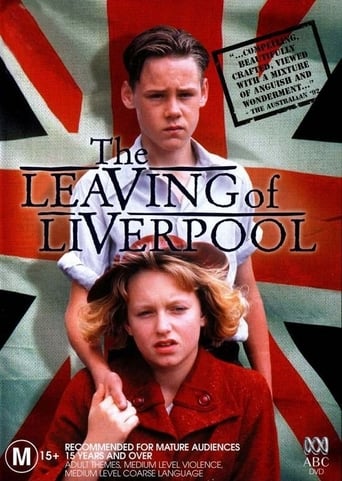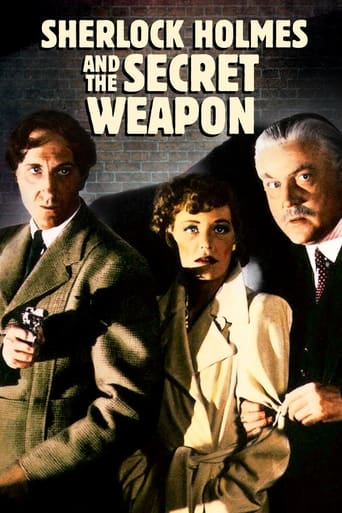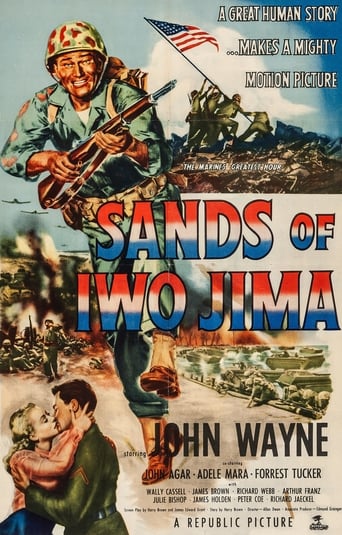Malaya (1949)
After living abroad for several years, journalist John Royer returns to the United States just after the U.S. enters World War II. His boast that he could easily smuggle rubber, a key wartime natural resource, out of Malaya has him tasked with doing just that. He manages to get someone from his past, Carnaghan, sprung from Alactraz and together they head off to South East Asia posing as Irishmen. Once there, Carnaghan lines up some of his old cronies and with Royer and a few plantation owners plans to smuggle the rubber out from under the Japanese army's watchful eye.
Watch Trailer
Cast


Similar titles
Reviews
the audience applauded
It's no definitive masterpiece but it's damn close.
There's no way I can possibly love it entirely but I just think its ridiculously bad, but enjoyable at the same time.
The film never slows down or bores, plunging from one harrowing sequence to the next.
This is a good action-adventure picture based on the true account of how very necessary rubber was gotten out of Malaya, under the nose of the Japanese, for the Allied war effort in World War Two.Spencer Tracy and James Stewart are teamed as a two-fisted con (sprung from Alcatraz for the job) and a hard-bitten reporter recruited by American intelligence (represented by John Hodiak). There's some action, some atmosphere, some romance. The premise of the film is unusual enough to hold your interest. Like some other MGM films of the time, the entire foreign locale has been recreated on the back lot and the sound stages of the studio. You may recognize the river area and other locations from earlier films.The direction by Richard Thorpe is, as usual, competent. If you're a fan of masculine-oriented action-adventure films from that era, this one has good acting, writing, and a touch of intelligence. The fine cast includes Sydney Greenstreet, Valentina Cortesa, Gilbert Roland, and Lionel Barrymore.
In 1942, shortly after the bombing of Pearl Harbor, John Royer, an ex-newspaper correspondent, is summoned home by his publisher, John Manchester, after serving four years in the Far East. When Manchester asks Royer to help in a nation-wide drive to salvage rubber, the reporter scoffs and proposes a daring scheme to smuggle large quantities of rubber out of Japanese-occupied Malaya. After returning to his hotel room, Royer is contacted by a federal agent named Kellar, who reveals that he has thoroughly investigated Royer's past and has learned that Royer's story about smuggling resulted in the imprisonment of his friend Carnahan. Later, Kellar escorts Royer to a railroad car where Manchester is waiting with a panel of men, who intend to question him about his plans. Royer explains that he requires gold to buy the rubber, men needed to steal it and a camouflaged Navy ship to transport it from Malaya. Royer also insists that Carnahan be freed from Alcatraz to work on the mission. Carnahan is still angry at Royer for writing the expose that led to his imprisonment, but agrees to cooperate in return for his freedom. As Royer and Carnahan set sail for Malaya, Royer explains that he is risking his own life because his brother was killed by the Japanese. The cynical adventurer Carnahan responds that his only interest is in the gold. Upon reaching the Malay city of Penang, Carnahan and Royer pose as Irish seamen and visit the saloon owned by the Dutchman, an old friend of Carnahan's. There, Carnahan is warmly embraced by his former lover, the opportunistic singer Luana. The Dutchman also introduces them to Col. Genichi Tomura, the corrupt Japanese commandant with a penchant for gambling. After hearing their plans, the Dutchman agrees to recruit twelve men for the operation. While alone with Carnahan later that night, Luana recalls their past relationship and begs him to get her out of Malaya. The next morning, the Dutchman puts Carnahan and Royer in touch with three of the biggest planters in the district. Although all three agree to cooperate, Carnahan and Royer are wary of the third, Bruno Gruber, a German planter. That evening, while Carnahan distracts the Japanese by getting himself arrested, Royer, aided by Romano and the other guerillas, delivers the rubber from the first two plantations to a U.S. ship camouflaged as a small island. Afterward, the Dutchman convinces Tomura to release Carnahan into his custody. Afraid to trust the German, Carnahan refuses to participate in the last shipment but Royer, out of revenge for his brother's death, insists on completing the mission. Carnahan relents and joins Royer, then beats Gruber into revealing that the Japanese are waiting downstream to ambush them. Determined to secure the last of the rubber, Royer continues on alone and is brutally killed by Tomura's men. Hearing the sound of gunfire that signals the death of his friend, Carnahan shoots Gruber, prompting the Dutchman to observe that at least Royer died for his beliefs. The following day, Tomura visits the Dutchman and offers to allow the remaining rubber to be shipped out for a price. Although he suspects a trap, Carnahan resolves to complete Royer's mission. While Romano and his men deliver the rubber, Carnahan decoys Tomura with his boat. When Luana insists upon joining him, he pushes her overboard to safety. As Carnahan nears the U.S. ship, Tomura stops his boat, takes him captive, then signals the Japanese flotilla to attack the ship. Just then, two American PT boats suddenly appear and sink the flotilla with torpedoes. In the fracas, Carnahan is wounded but manages to kill Tomura. Some time after the end of the war, Kellar comes to Malaya to award a medal to Carnahan, who is now living on an island with Luana. Refusing the medal, the cynical Carnahan tells Kellar to pin it on the Dutchman instead.
Someone had the wits to make a 1940's patriotic war movie in the style of film noir. Is it hokey? Of course it is!! But when it's done like this, you have a sense of watching a war film at its best. Part of it is a literate script that goes far beyond the usual patriotic hoo-ha and gives a sense of real urgency to the war in Asia. Part of it is some totally professional acting by Stewart, Tracy, Greenstreet and, not least, John Hodiak in the role of an FBI agent. If you're bored, as I am, by the John Wayne, flag-waving nonsense that proliferated during the war, try this on. It manages to be improbable and believable at the same time.
(Version reviewed is the 90-minute German-language showing on ARD on July 5, 2001.)There are two rather unbecoming aspects about this movie, one being its blunt nationalism, the other one its odd casting. Where you would have expected, say, William Holden as the daring journalist and, well, Humphrey Bogart as the cynical hotshot, you get Jimmy and Spence. It's not that they don't act well, but the rôles just don't seem to fit. What a difference with handsome Mexican Gilbert Roland who is chosen perfectly (as Romano).Journalist Royer (Stewart) gets his rival/friend Carnaghan (Tracy) out of prison with help from official sides (fine thesping by John Hodiak) for the good of the nation, that is, to haul all possible rubber out of British, but Jap-occupied, Malaya for the United States. Of course, the European land-owners give all assistance possible to support the sacred case, including a voluntary beating that Ian MacDonald gets from Tracy. America's raw nationalism was curiously carried right into the German translation: dubious Bruno Gruber (played by "Charlie Chan" Roland Winters) is named Marty Robber (or so) in German dubbing version of 1955, because a badman just couldn't have a German name to German audiences... This should be worth a correction, although the forgery effect is not as high as in the original 1952 dubbing of "Casablanca", that was corrected in a new version as late as in 1968. (Stewart, by the way, is synchronized well by Eckart Dux this time, not by regular Siegmar Schneider.)Although film's humour is well-measured, it cannot conceal, but rather contributes to, the dare-devil chauvinism, four years after the war ended. Tracy played something of a contrary rôle in "Bad Day at Black Rock", as regards the U.S. relationship to the Japanese.There's a lot of epigonism of "Casablanca", though not as much as in its immediate successors, in "Malaya". We have Richard Loo's Col. Tomura marching into the bar like Maj. Strasser; Italy's Cortese in the European female part (the story might have done without her, were there not some nice dialogues with Tracy); and the wonderful Sydney Greenstreet, who somewhat resumes his Senor Ferrari rôle (that parrot of his is a blue one, I suppose).Despite this emulation, Frank Fenton's screenplay has something interesting about it that makes this movie agreeable after all. But it wouldn't have taken the famous leading players, close to miscasts, for something that appears like an MGM "B" production to me. - Worst thing is, I couldn't spot DeForest "Bones" Kelley anywhere around, although he is said to be there.

